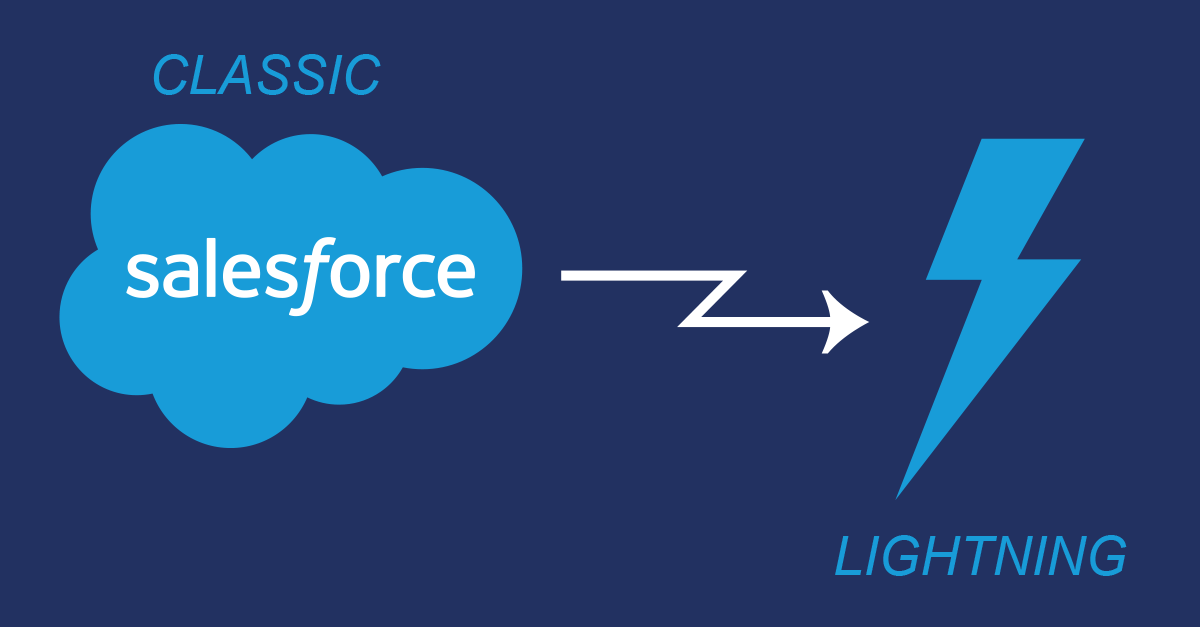Salesforce is a powerful tool that has revolutionized the way businesses manage customer relationships and data. For years, Salesforce Classic has been a trusted companion for organizations, providing a robust set of features and capabilities. However, as technology evolves, so does Salesforce. The Lightning Experience is the next step in this evolution, offering a more intuitive, modern, and feature-rich interface. But is your business ready to make the move from Salesforce Classic to Lightning? In this blog, we’ll explore the considerations and steps to help you determine if it’s the right time for your organization to transition.
Understanding the Lightning Experience: What’s in it for You?
Before diving into the readiness assessment, let’s briefly outline why the Lightning Experience is a compelling choice for businesses:
- Modern User Interface: Lightning offers an updated and intuitive user interface, making it easier for your team to navigate and interact with the platform.
- Enhanced Productivity: With features like customizable dashboards, Kanban views, and improved reporting, your team can work more efficiently and make data-driven decisions.
- Mobile-First Design: Lightning is designed with mobile in mind, allowing you to access and manage your business data from anywhere, at any time.
- AI-Powered Automation: Salesforce Einstein, the AI component of Lightning, helps automate routine tasks, provides valuable insights, and boosts overall productivity.
- AppExchange Integration: The Lightning Experience seamlessly integrates with the Salesforce AppExchange, where you can find a wide range of apps and solutions to extend your CRM capabilities.
Is Your Business Ready for the Transition?
Moving from Salesforce Classic to Lightning is a significant change that requires careful consideration and planning. Here’s a checklist to help you determine if your business is prepared for the transition:
- Identify Your Goals: Start by identifying your organization’s goals for the transition. What do you aim to achieve with the Lightning Experience, and how will it align with your business objectives?
- Assess Customizations: Review any customizations and configurations you’ve made in Salesforce Classic. Determine if these can be seamlessly transitioned to Lightning or if adjustments will be needed.
- User Training: Training is essential. Evaluate the readiness of your team members and ensure they are prepared to work with the new interface. Salesforce offers excellent resources like Trailhead for training.
- Lightning Champions: Appoint Lightning champions within your organization. These individuals will lead the transition efforts, provide support to their peers, and offer valuable insights.
- Evaluate Data: Assess your data quality and ensure it’s in good shape for the transition. Consider cleaning up redundant or outdated records to start fresh.
- Test with a Sandbox: Utilize a Salesforce sandbox environment to test the Lightning Experience. It’s a safe space to experiment and uncover potential issues before going live.
- Third-Party Apps: If your organization relies on third-party apps and integrations, check their compatibility with Lightning. Ensure that they work seamlessly in the new environment.
- Communication Plan: Prepare a communication plan to inform your team about the transition. Keep them updated on the timeline, training, and any changes to their workflow.
- Pilot Rollout: Consider a pilot rollout with a small group of users to gain feedback and address any issues before expanding the transition to the entire organization.
- Embrace Change: Prepare your team for change by fostering a culture of adaptability and continuous learning. Communicate the benefits of the Lightning Experience and encourage open feedback.
A Brighter Future with Lightning
Transitioning from Salesforce Classic to the Lightning Experience is a significant step toward modernizing your CRM and improving your business processes. It’s an investment in efficiency, productivity, and growth. By following the checklist and ensuring that your team is prepared for the change, you can make a smooth transition to the Lightning Experience. The future of CRM is bright with Lightning, and your business can be at the forefront of this exciting transformation.








































